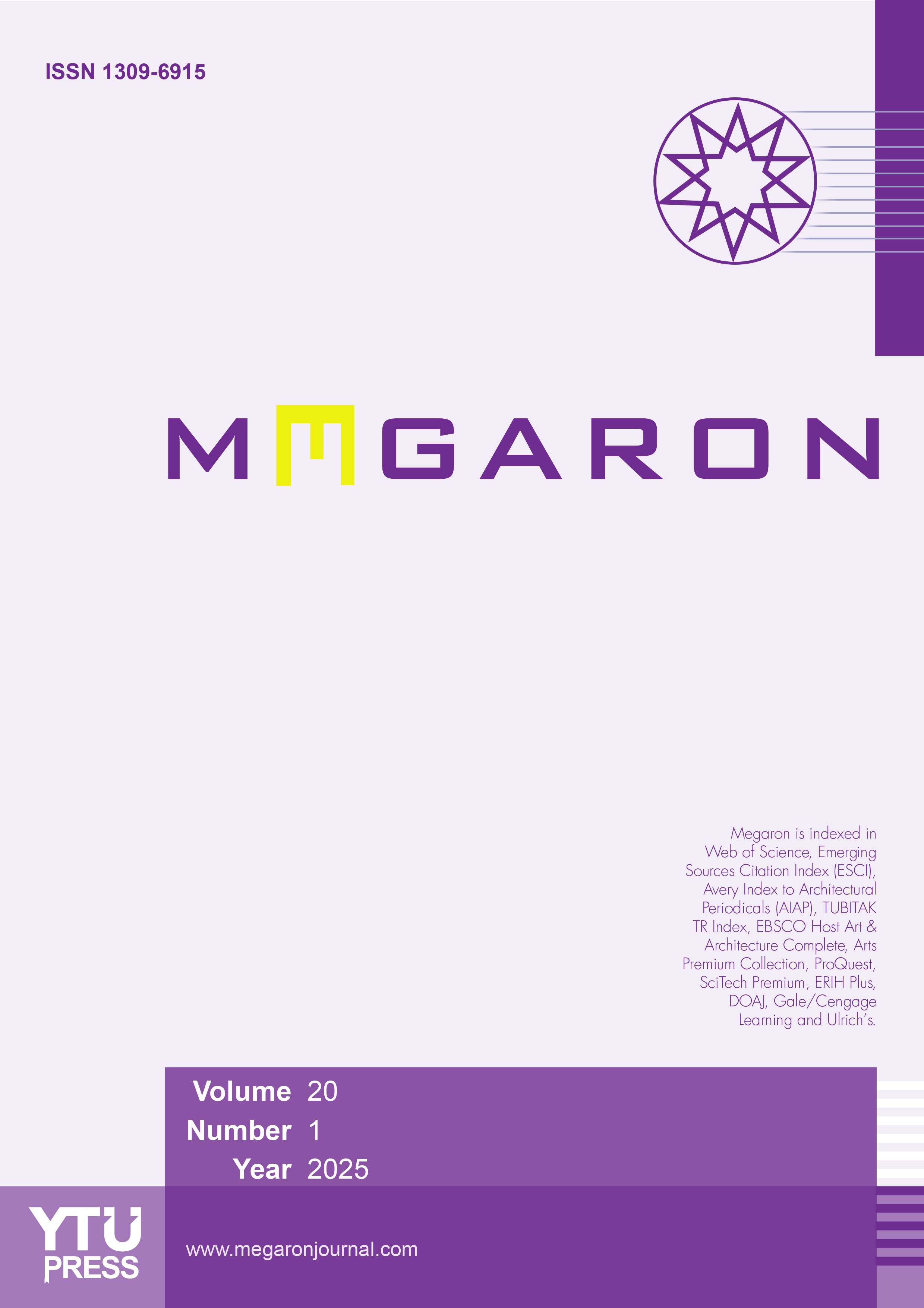The impact of the February 6th, 2023, Kahramanmaraş epi-centered earthquakes on traditional underground water systems: Gaziantep case
Gamze Özmertyurt, Zeynep Gül ÜnalDepartment of Architecture, Yıldız Technical University, İstanbul, TürkiyeThis article aims to compare the findings of an ongoing original doctoral study on the conservation of "traditional underground water systems" in Gaziantep and its vicinity, listed on the World Heritage Tentative List, with the significant damage to the built environment following the February 6th earthquakes and the resulting new situation, in order to define new conservation dynamics accordingly. The study seeks to initiate a discussion on the impact of changing environmental dynamics due to the earthquake on the conservation of these systems, focusing on the fundamental inputs of "resilience" and "vulnerability" in disaster risk management. The study utilized pre-earthquake documentation, such as system status, postearthquake observations, damage assessments, expert reports, and satellite images, as primary inputs. Considering the earthquakes, the triggered secondary damages, and the scale of the disaster's impact, the comparative study of similar examples has been identified as a limitation. Hence, the article examined the 2003 Iran Bam earthquake's impact on Iranian Qanat Systems, a comparable example listed as a World Heritage Site since 2016. Despite the difficulties related to the accessibility of underground canals and traditional water structures such as kastel and livas, the study obtained significant findings for rapid post-disaster assessment and resilience capacity. The examinations reveal that traditional construction systems in the region are not always humanmade, and karstic cave formations beneath historical structures should be evaluated separately, especially after earthquakes. The findings indicate that these water systems being constructed underground increases the resilience and reduces vulnerability of both the source and the users in the face of disasters such as earthquakes. Furthermore, the results support the study's hypothesis on how conservation efforts contribute to water security in the twenty-first century.
Keywords: Disaster risk management in historical environments, february 6th earthquakes Gaziantep Kastels and Livas, traditional underground water systems.Manuscript Language: English








